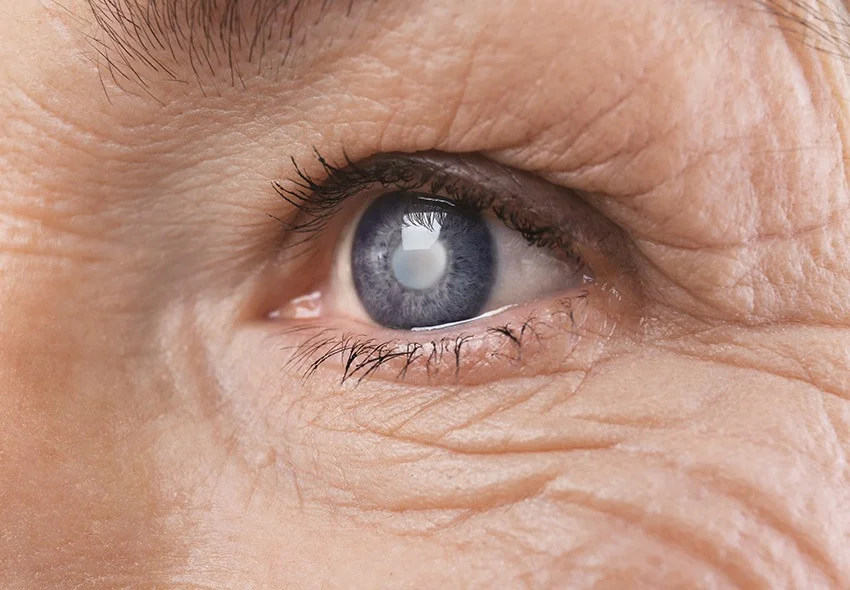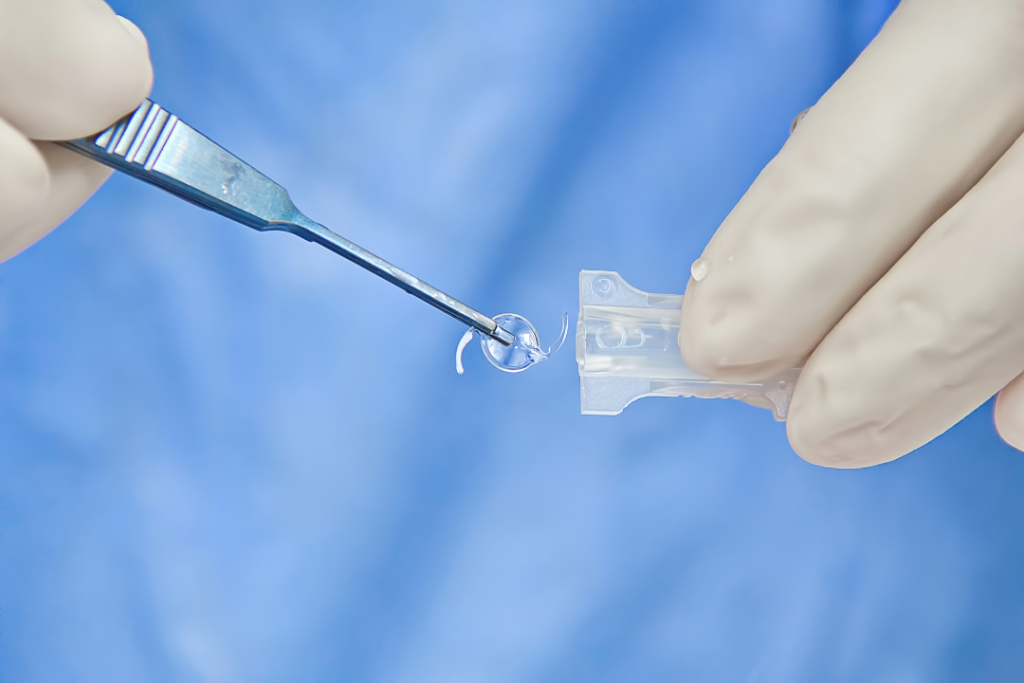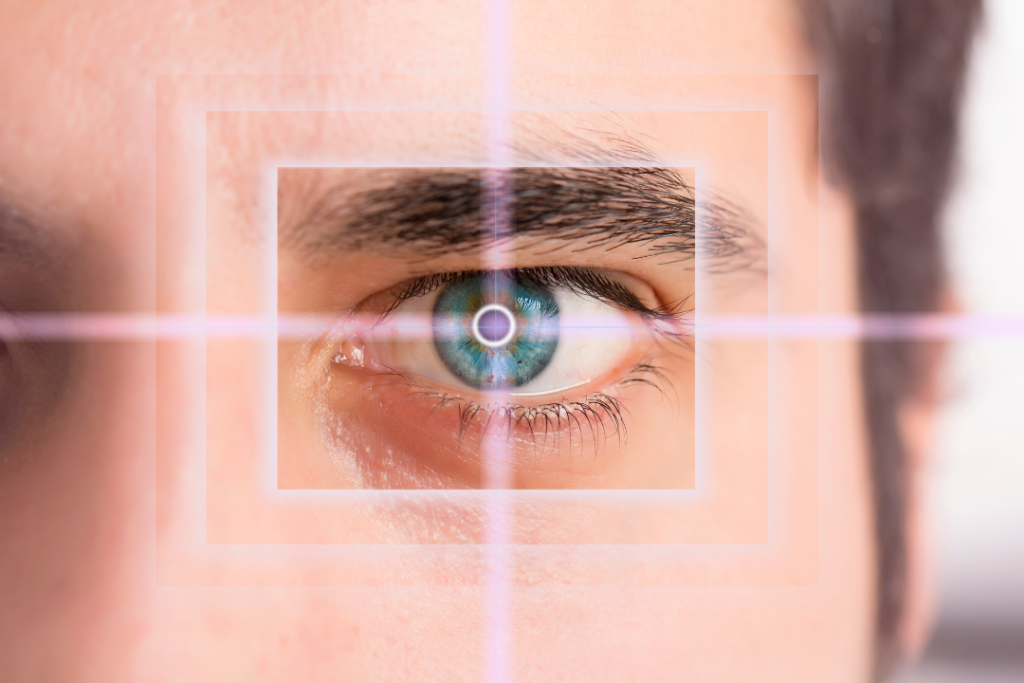What is Intraocular Lens?
As we age, lens dysfunction occurs, a broad term that includes conditions such as cataracts, presbyopia and other disorders that affect the natural lens of the eye. When the lens loses its transparency or elasticity, vision deteriorates, causing symptoms such as blurred vision, difficulty focusing and impaired distance vision, sometimes with near and sometimes with distance vision.
Ein häufiges Symptom des Linsendysfunktionssyndroms ist der Graue Star (Cataract), in which sich die naturliche Linse des Auges eintrübt und eine Sehbehinderung verursacht. Cataracts develop in der Regel mit zunehmendem Alter, können aber auch durch Faktoren wie Genetik, Diabetes oder längere Einnahme bestimmter Medikamente verursacht werden. Wenn der Graue Star das tägliche Leben erheblich beeinträchtigt, ist die Implantation einer Intraocularlinse (IOL) der wichtigste Eingriff.











